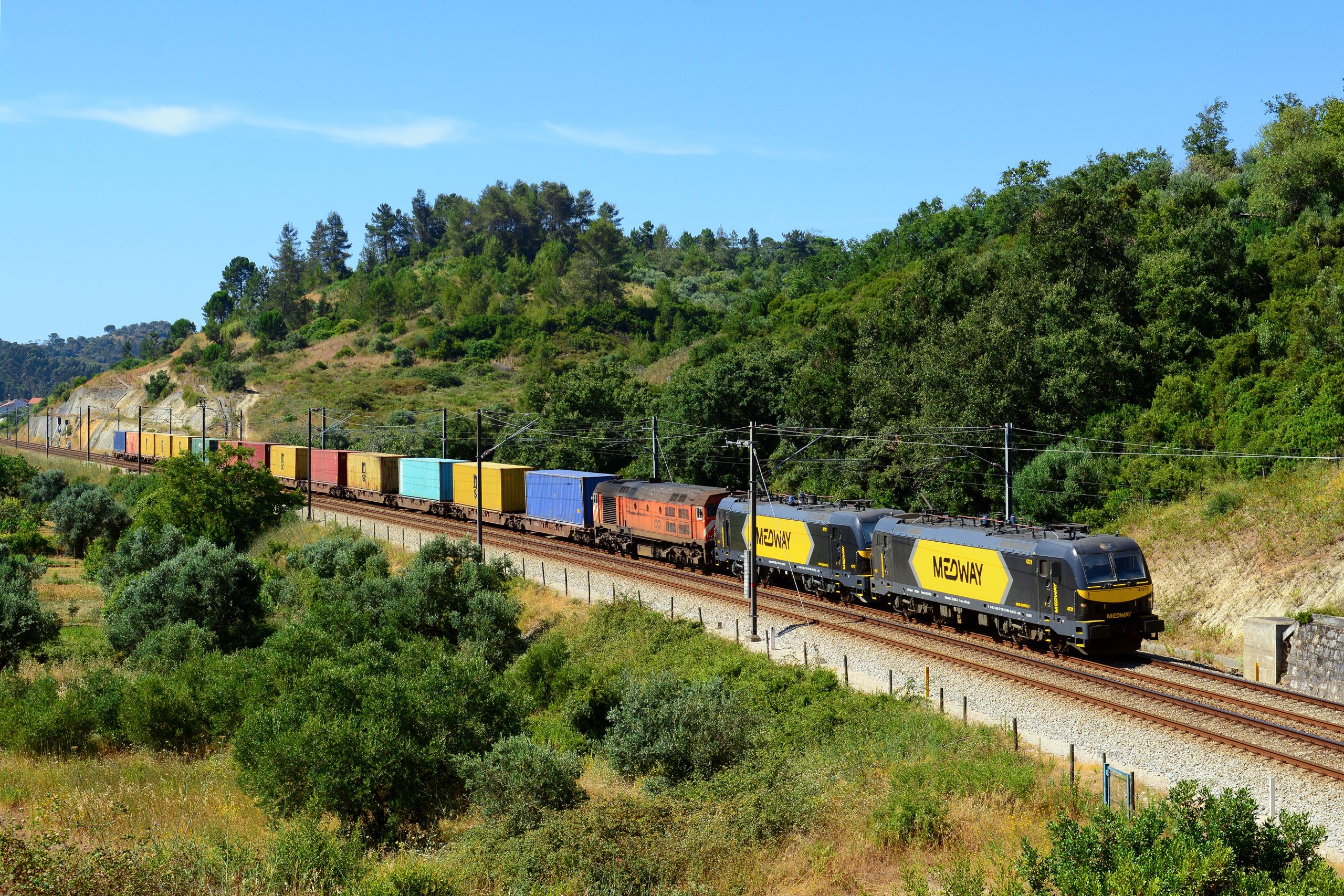In cooperation with an international group of partners, Swiss rail operator Hupac organised a diversion of the Rhine Valley route on non-electrified railways along the French side of the Rhine. The company hails the diversion as a success, and now calls upon the region’s infrastructure to be expanded entirely for future use.
Germany’s Rhine Valley route was closed during the month of August. As a result, rail freight operators had to find another route to bypass it and prevent a much-feared reverse modal shift. Hupac, SBB Cargo International, Captrain France, DB InfraGO and SNCF Réseau cooperated for close to three years to make a diversion possible, which was ultimately organised on non-electrified infrastructure on the French side of the Rhine.
Hupac hails the diversion as a success. “The diesel shuttle on the route on the left bank of the Rhine performed well”, the company says in a press release. Around 20 freight trains could make use of the diversionary route on a daily basis. However, transfer points proved to be a bottleneck, according to Hupac, which was the diversion’s weak point. By the end of the diversion period, capacity was reaching its limits.

French infrastructure needs expansion
Subsequently, Hupac is now calling for infrastructure in the French region to be expanded altogether, referring to Transalpine traffic as needing an impetus for a further modal shift. According to the company, the modal shift has been at a standstill for several years.
“The limited capacity of the German rail network is responsible for this stagnation in Switzerland’s modal shift policy”, Hans-Jörg Bertschi, chairman of the Board of Directors at Hupac, says. “The planned corridor renovations in Germany, involving the closure of main lines for several months, will aggravate the situation until after 2030.”
“In view of the decades-long backlog in the development of the rail axis on the right bank of the Rhine, increasing traffic via France is the only option to prevent stagnation or even a reversal in the modal shift policy,” Bertschi adds. Hupac wants the Belgium – Metz – Strasbourg – Basel axis to be upgraded to a 4-metre corridor, which could shorten the distance from Dutch and Belgian ports to Switzerland by 110 kilometres.
“Tense situation” in Germany
After the positive experience with the diversion, Hupac says that it is now motivated to expand on transportation on the left bank of the Rhine. It wants to create an alternative to the “tense situation” in Germany due to the large amount of upcoming rail closures. “From 2025 we are planning container transit trains with a suitable profile via France, even if this is not yet possible with 4-metre semi-trailers and involves additional costs,” said a company representative.
